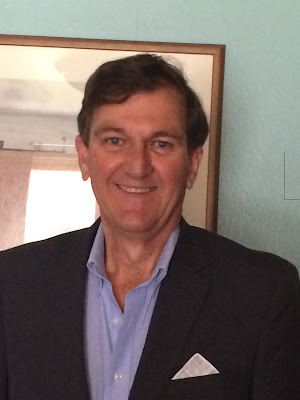Much has been written about the increase in world population growth
exceeding the ability of the world to feed itself. And some observers have suggested that
there are ample amounts of new lands that can be brought into agricultural
production, especially in certain parts of Africa.
There were headlines over the past several
years about large investments being made in Africa, in some instances by
state-owned or connected, entities, all for the purpose of agricultural
production.
With reference to my four decades in farming, the reality of this goal
of new agricultural production areas is far less than the ideal. In truth, many writers who tout this idea
have little experience in what it takes to get a large farming operation
underway. It’s not easy even in the
developed areas of the world such as the US and Europe. It can be a monumental challenge in remote
areas.
Issues range from lack of any infrastructure (roads, bridges, power
supplies), absence of data on land suitability or rainfall patterns,
availability of markets for the crops, quality and quantity of local labor,
and, of course, political risk. The latter
can be huge, as some recent high profile investors in Sudan have learned. Capital requirements are often massive for
new lands projects, and the risks are almost always high. Even in areas of South America where there
has been significant new lands development in the last couple of decades, there
are practical and regulatory limits on expansion.
A student of history knows that food insecurity has been a long term problem in many parts of the world. Such insecurity often equates to political instability. Policy makers might be wise to focus on “small farming” efforts in less developed areas of the world with the modest goal of helping people with their daily requirements.
This micro approach is realistic because it takes into account the numerous risks associated with bringing large tracts of new land into crop production in remote areas, and perhaps it is a model that should be promoted more aggressively by the UN and other world groups. From the standpoint of, say, a global farming model, capital might best be focused on the established farming areas, and improvement of farming techniques, and use of technology, in those areas, in order to continue with low cost and high volume production sufficient to handle population growth on a global scale.
Learn More:
https://about.me/benpalen
https://plus.google.com/115644021304342001032
https://www.crunchbase.com/person/ben-palen
https://www.pinterest.com/benpalen/
https://benpalen.wordpress.com/



